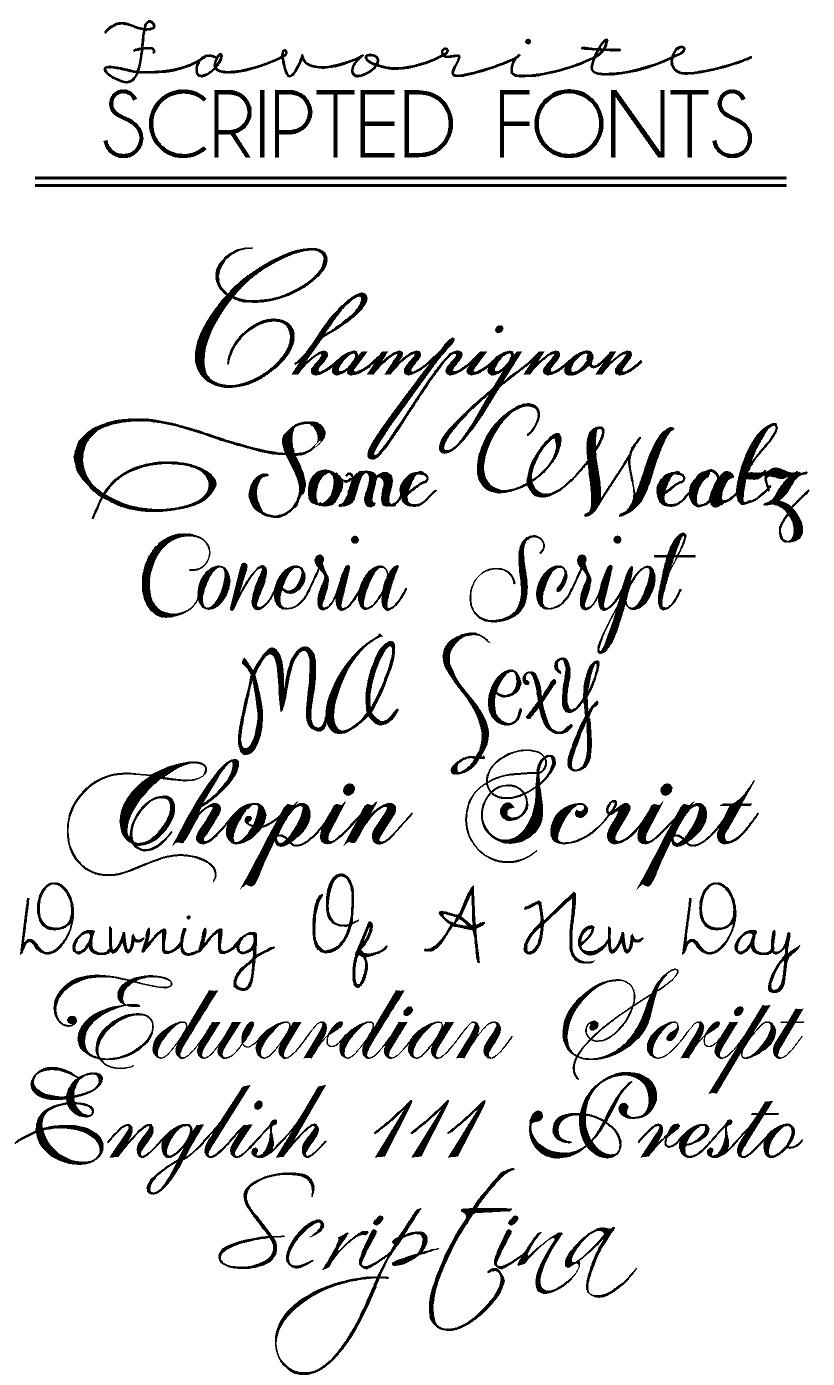Unlock the Power of Typography: Your Guide to English Font Names
In the digital age, where content is king, the way you present your words matters. The right font can elevate your message, making it more impactful, readable, and aesthetically pleasing. Conversely, a poor font choice can diminish your message, making it appear unprofessional or even unreadable. This is where the power of understanding English font names comes into play. Mastering this knowledge opens up a world of typographic possibilities, allowing you to communicate with clarity, style, and impact.
Navigating the world of typography can feel overwhelming with the sheer number of available font choices. This article serves as your comprehensive guide to English font names, exploring their history, categorization, and practical applications. Whether you're a seasoned designer, a budding writer, or simply someone who wants to improve their digital communication, this guide will provide valuable insights into harnessing the power of fonts.
From the elegant curves of Times New Roman to the clean lines of Arial, each font carries its own personality and evokes a distinct feeling. Think of fonts as the clothing for your words. Just as you wouldn't wear a tuxedo to a beach party, you wouldn't use a playful script font for a formal business document. Understanding the nuances of different typefaces allows you to make informed decisions, tailoring your font choices to the specific context and desired impact.
This exploration of English font names will delve into the historical evolution of typography, tracing the origins of various font families. We'll uncover the influence of historical events and technological advancements on the development of typefaces. This historical perspective will provide a deeper appreciation for the artistry and craftsmanship behind the fonts we use every day.
Furthermore, we'll examine the categorization of fonts, distinguishing between serif, sans-serif, script, and display fonts. Understanding these classifications will provide a framework for navigating the vast landscape of font choices and selecting the most appropriate typeface for your project. We will also discuss the importance of font pairing, exploring how to combine different fonts harmoniously to create visually appealing and effective designs.
The history of English fonts is intertwined with the development of printing technology. From the invention of the printing press to the digital revolution, fonts have constantly evolved. Early typefaces like Garamond and Baskerville were influenced by calligraphy and handwriting styles, while modern fonts like Helvetica and Futura embrace geometric shapes and clean lines. The advent of digital technology has vastly expanded the availability and accessibility of fonts, leading to an explosion of creative possibilities.
Serif fonts, characterized by small decorative strokes at the ends of letterforms, are often associated with tradition, formality, and readability. Sans-serif fonts, lacking these serifs, convey a more modern, clean, and minimalist aesthetic. Script fonts mimic handwriting styles and are typically used for decorative purposes, while display fonts are designed to be eye-catching and are often used in headlines and logos.
Advantages and Disadvantages of Utilizing a Wide Range of English Fonts
| Advantages | Disadvantages |
|---|---|
| Enhanced Visual Appeal | Readability Issues (with excessive or inappropriate use) |
| Improved Brand Identity | Compatibility Problems Across Different Devices |
| Better Communication of Tone and Style | File Size Increase (with numerous font embeds) |
Best Practices for Implementing English Fonts:
1. Prioritize Readability: Choose fonts that are easy to read, especially for large bodies of text.
2. Maintain Consistency: Stick to a limited number of fonts throughout your project to create a cohesive and professional look.
3. Consider Your Audience: Choose fonts that are appropriate for your target audience and the message you want to convey.
4. Test Your Fonts: Make sure your chosen fonts display correctly on different devices and browsers.
5. Use Font Pairing Strategically: Combine fonts that complement each other and create visual hierarchy.
Frequently Asked Questions:
1. What is the difference between serif and sans-serif fonts? (Answered above)
2. Where can I find free English fonts? (Resources like Google Fonts)
3. How do I install fonts on my computer? (System specific instructions)
4. What are some popular font pairing combinations? (Examples: Playfair Display and Montserrat, Oswald and Lato)
5. How do I choose the right font for my website? (Depends on brand identity and target audience)
6. What is kerning and tracking? (Definitions related to font spacing)
7. What are web safe fonts? (Commonly installed fonts)
8. How can I ensure my fonts are accessible? (WCAG guidelines)
Tips and Tricks:
Experiment with different font combinations to find what works best for your projects. Utilize online font preview tools to visualize how different fonts will look. Keep up-to-date with font trends but prioritize timeless design principles.
In conclusion, the world of English font names is vast and exciting. Understanding the history, categories, and best practices for implementing fonts empowers you to communicate effectively and create visually appealing designs. By carefully selecting and utilizing typefaces, you can elevate your content, enhance your brand identity, and captivate your audience. Take the time to explore different font options and experiment with various combinations. The right font choice can make all the difference in how your message is perceived. Start exploring the power of typography today and unlock the potential of English font names to transform your written communication.
Heart black aesthetic wallpaper laptop a darkly romantic vibe for your digital space
Crafting the perfect instagram bio a guide for girls
Fatestay night video game a deep dive into this anime classic













